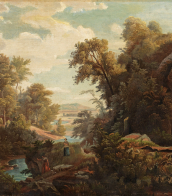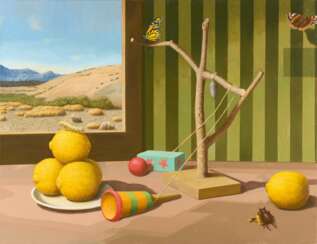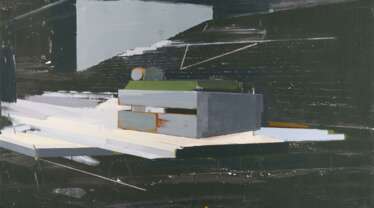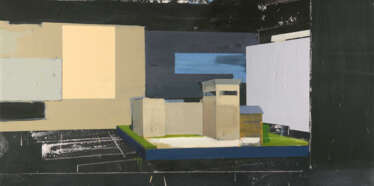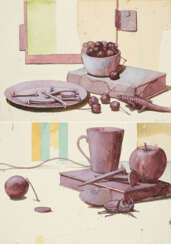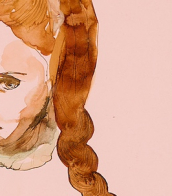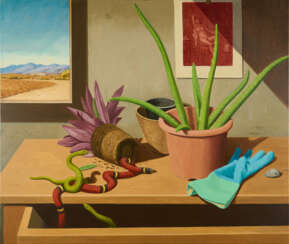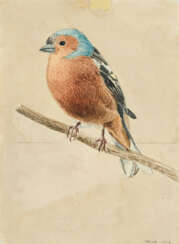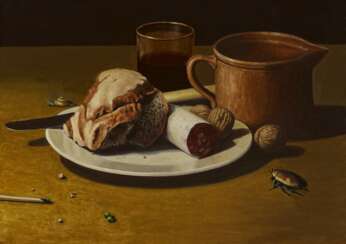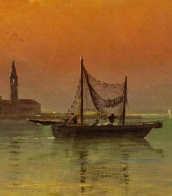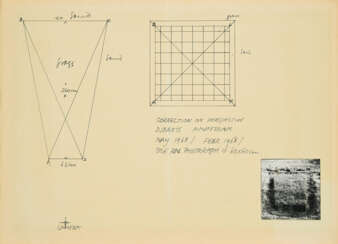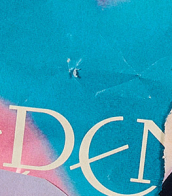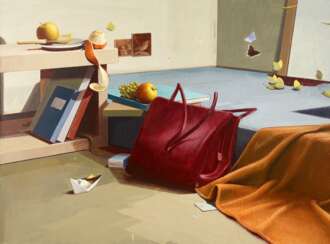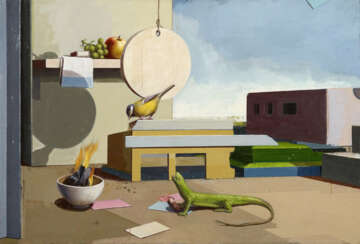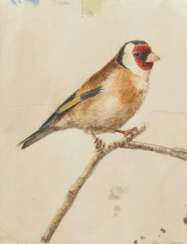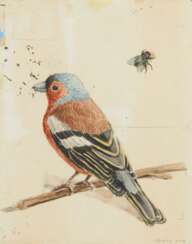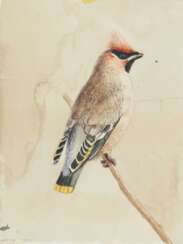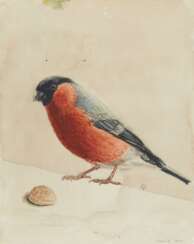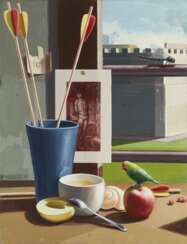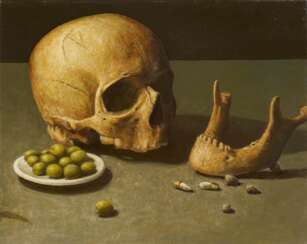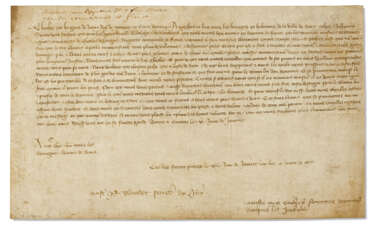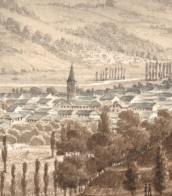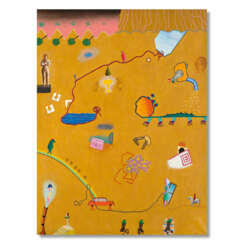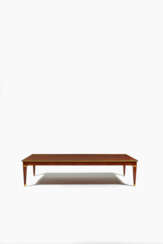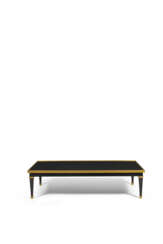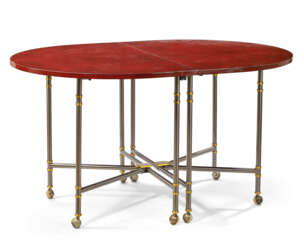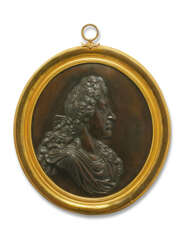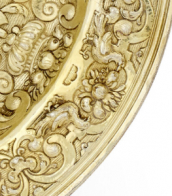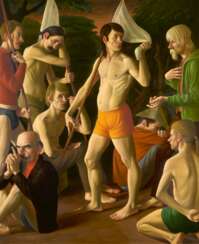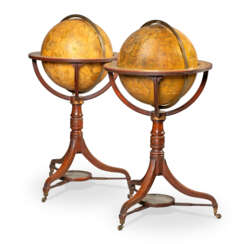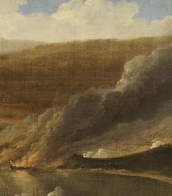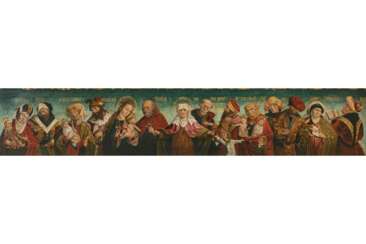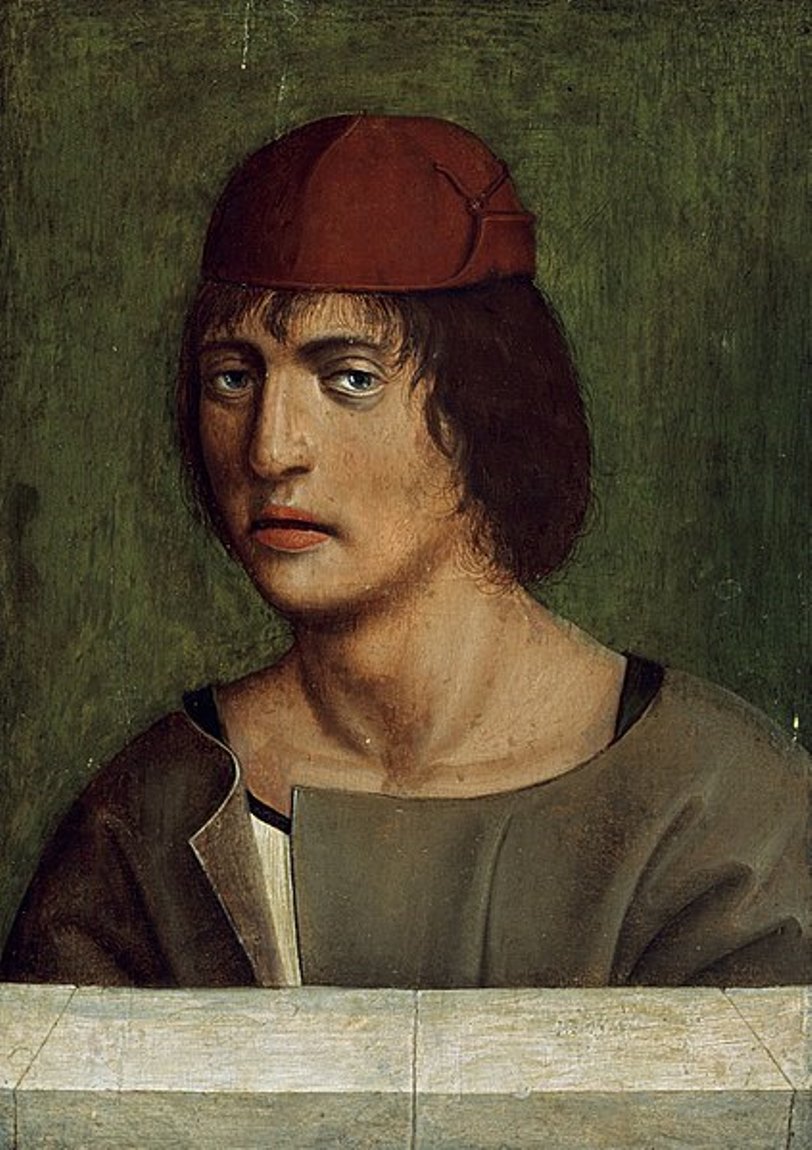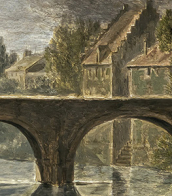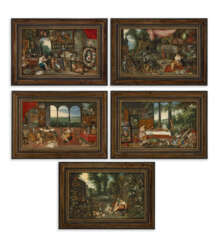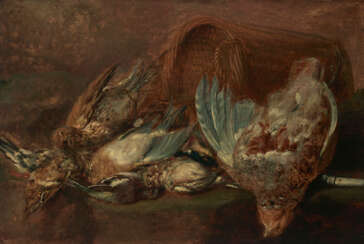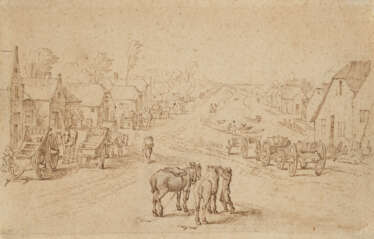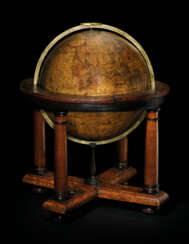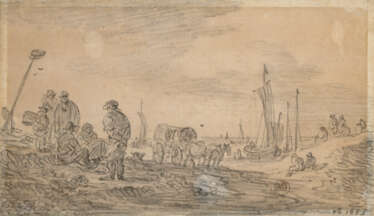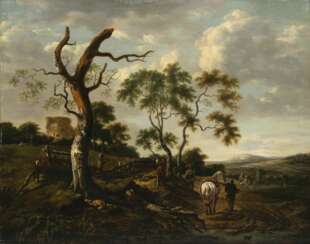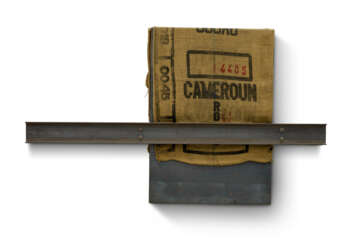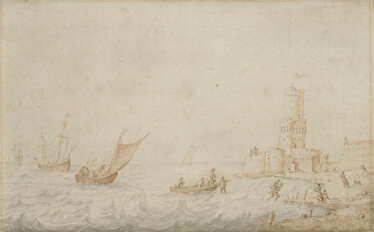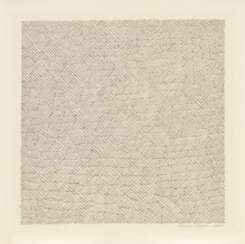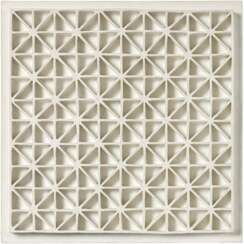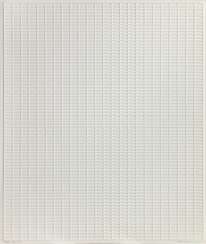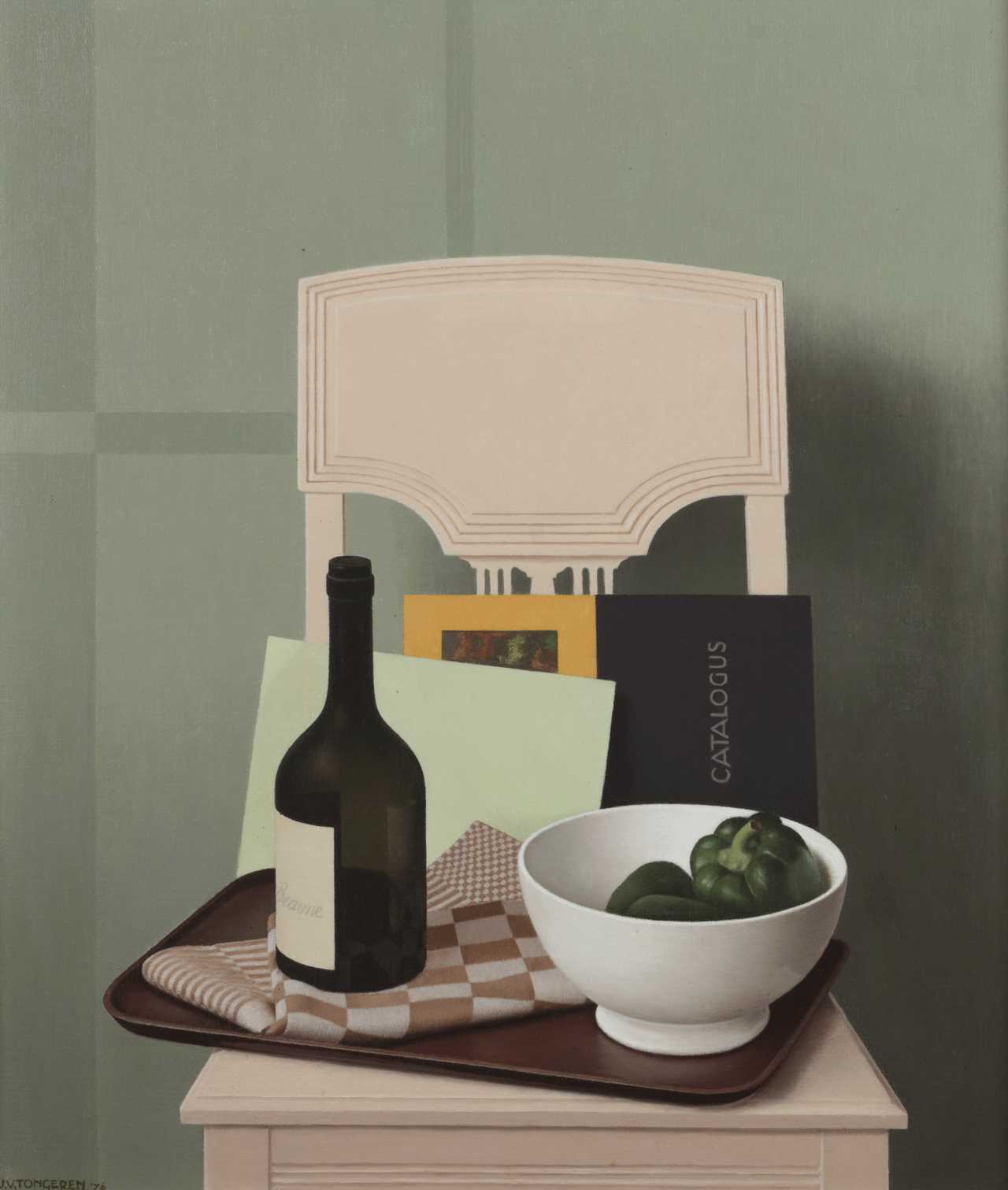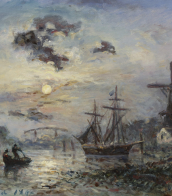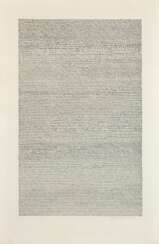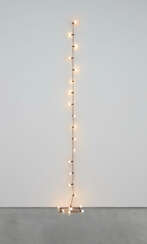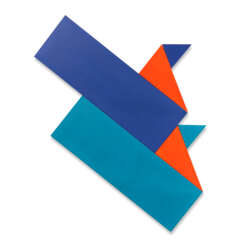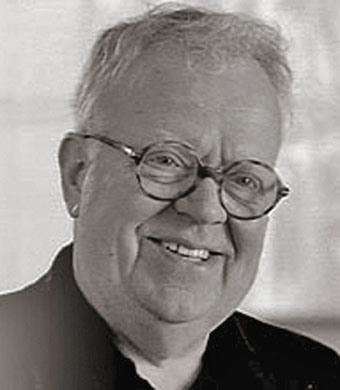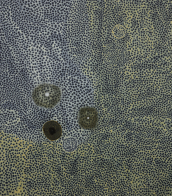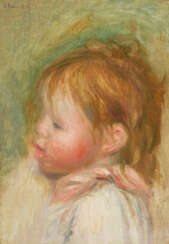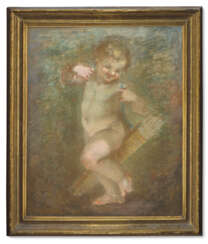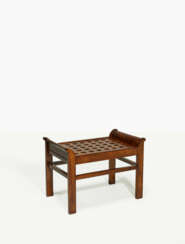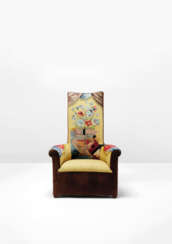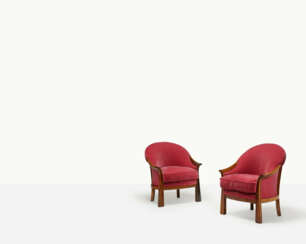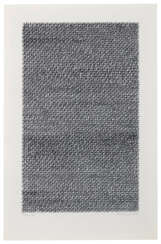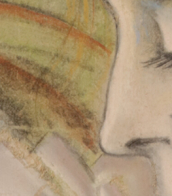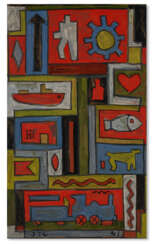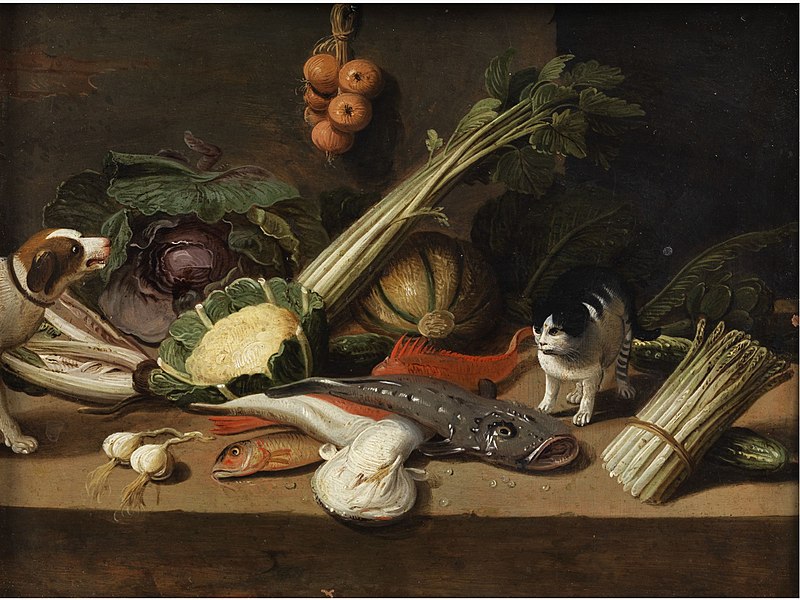jan dörre
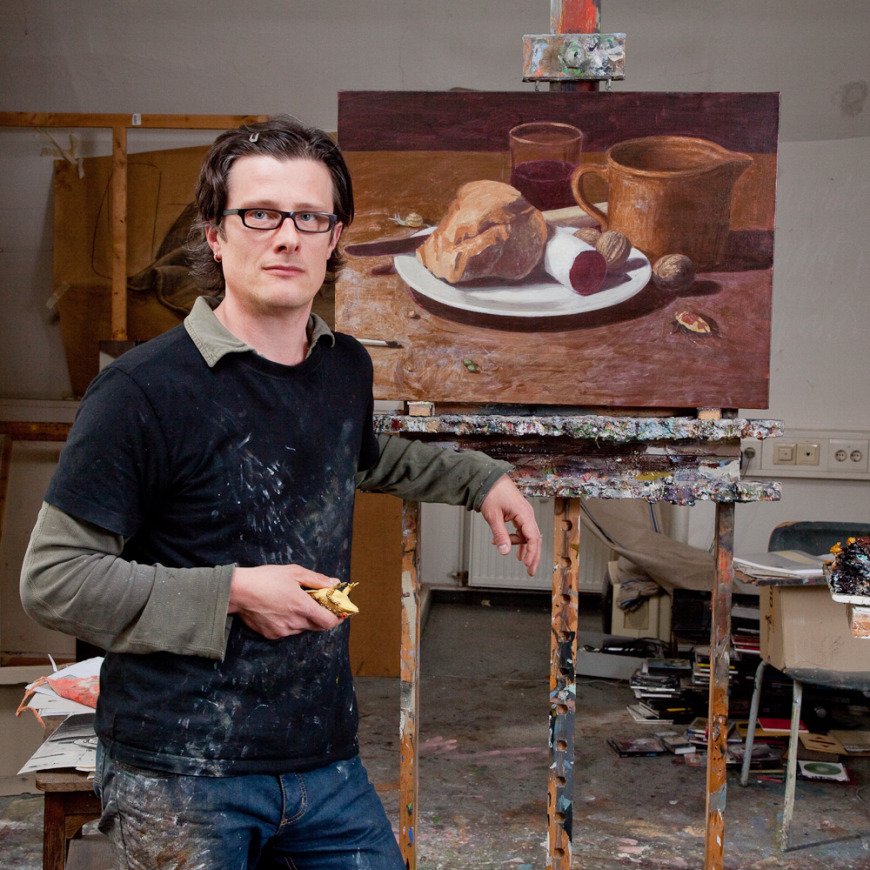
Jan Dörre is a German painter known for his still lifes in the modern vanitas style.
He studied painting at the Academy of Visual Arts in Leipzig, lives and works in Leipzig.
Jan Dörre paints still lifes, which are directly associated with the paintings of the old masters of the 17th century. The artist in his works repeats in different variations the familiar set of motifs found in baroque still lifes of vanitas: bread, cutlery, fruit, insects, birds, snakes, lizards, books, letters, skull, etc. But next to them in a modern setting he places objects of our time, for example, pills and empty packages from them. All this together conveys the general idea of the genre: a reminder of the transience of life, the futility of pleasure and the inevitability of death.
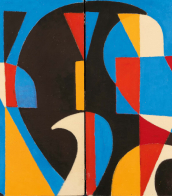

Jan Dörre is a German painter known for his still lifes in the modern vanitas style.
He studied painting at the Academy of Visual Arts in Leipzig, lives and works in Leipzig.
Jan Dörre paints still lifes, which are directly associated with the paintings of the old masters of the 17th century. The artist in his works repeats in different variations the familiar set of motifs found in baroque still lifes of vanitas: bread, cutlery, fruit, insects, birds, snakes, lizards, books, letters, skull, etc. But next to them in a modern setting he places objects of our time, for example, pills and empty packages from them. All this together conveys the general idea of the genre: a reminder of the transience of life, the futility of pleasure and the inevitability of death.
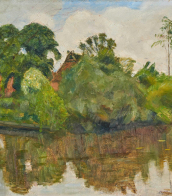

Jan Dörre is a German painter known for his still lifes in the modern vanitas style.
He studied painting at the Academy of Visual Arts in Leipzig, lives and works in Leipzig.
Jan Dörre paints still lifes, which are directly associated with the paintings of the old masters of the 17th century. The artist in his works repeats in different variations the familiar set of motifs found in baroque still lifes of vanitas: bread, cutlery, fruit, insects, birds, snakes, lizards, books, letters, skull, etc. But next to them in a modern setting he places objects of our time, for example, pills and empty packages from them. All this together conveys the general idea of the genre: a reminder of the transience of life, the futility of pleasure and the inevitability of death.


Jan Dörre is a German painter known for his still lifes in the modern vanitas style.
He studied painting at the Academy of Visual Arts in Leipzig, lives and works in Leipzig.
Jan Dörre paints still lifes, which are directly associated with the paintings of the old masters of the 17th century. The artist in his works repeats in different variations the familiar set of motifs found in baroque still lifes of vanitas: bread, cutlery, fruit, insects, birds, snakes, lizards, books, letters, skull, etc. But next to them in a modern setting he places objects of our time, for example, pills and empty packages from them. All this together conveys the general idea of the genre: a reminder of the transience of life, the futility of pleasure and the inevitability of death.
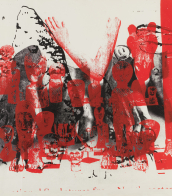

Jan Dörre is a German painter known for his still lifes in the modern vanitas style.
He studied painting at the Academy of Visual Arts in Leipzig, lives and works in Leipzig.
Jan Dörre paints still lifes, which are directly associated with the paintings of the old masters of the 17th century. The artist in his works repeats in different variations the familiar set of motifs found in baroque still lifes of vanitas: bread, cutlery, fruit, insects, birds, snakes, lizards, books, letters, skull, etc. But next to them in a modern setting he places objects of our time, for example, pills and empty packages from them. All this together conveys the general idea of the genre: a reminder of the transience of life, the futility of pleasure and the inevitability of death.
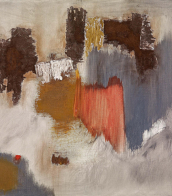

Jan Dörre is a German painter known for his still lifes in the modern vanitas style.
He studied painting at the Academy of Visual Arts in Leipzig, lives and works in Leipzig.
Jan Dörre paints still lifes, which are directly associated with the paintings of the old masters of the 17th century. The artist in his works repeats in different variations the familiar set of motifs found in baroque still lifes of vanitas: bread, cutlery, fruit, insects, birds, snakes, lizards, books, letters, skull, etc. But next to them in a modern setting he places objects of our time, for example, pills and empty packages from them. All this together conveys the general idea of the genre: a reminder of the transience of life, the futility of pleasure and the inevitability of death.
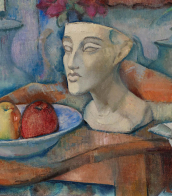

Jan Dörre is a German painter known for his still lifes in the modern vanitas style.
He studied painting at the Academy of Visual Arts in Leipzig, lives and works in Leipzig.
Jan Dörre paints still lifes, which are directly associated with the paintings of the old masters of the 17th century. The artist in his works repeats in different variations the familiar set of motifs found in baroque still lifes of vanitas: bread, cutlery, fruit, insects, birds, snakes, lizards, books, letters, skull, etc. But next to them in a modern setting he places objects of our time, for example, pills and empty packages from them. All this together conveys the general idea of the genre: a reminder of the transience of life, the futility of pleasure and the inevitability of death.
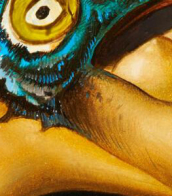

Jan Dörre is a German painter known for his still lifes in the modern vanitas style.
He studied painting at the Academy of Visual Arts in Leipzig, lives and works in Leipzig.
Jan Dörre paints still lifes, which are directly associated with the paintings of the old masters of the 17th century. The artist in his works repeats in different variations the familiar set of motifs found in baroque still lifes of vanitas: bread, cutlery, fruit, insects, birds, snakes, lizards, books, letters, skull, etc. But next to them in a modern setting he places objects of our time, for example, pills and empty packages from them. All this together conveys the general idea of the genre: a reminder of the transience of life, the futility of pleasure and the inevitability of death.


Jan Dörre is a German painter known for his still lifes in the modern vanitas style.
He studied painting at the Academy of Visual Arts in Leipzig, lives and works in Leipzig.
Jan Dörre paints still lifes, which are directly associated with the paintings of the old masters of the 17th century. The artist in his works repeats in different variations the familiar set of motifs found in baroque still lifes of vanitas: bread, cutlery, fruit, insects, birds, snakes, lizards, books, letters, skull, etc. But next to them in a modern setting he places objects of our time, for example, pills and empty packages from them. All this together conveys the general idea of the genre: a reminder of the transience of life, the futility of pleasure and the inevitability of death.


Jan Dörre is a German painter known for his still lifes in the modern vanitas style.
He studied painting at the Academy of Visual Arts in Leipzig, lives and works in Leipzig.
Jan Dörre paints still lifes, which are directly associated with the paintings of the old masters of the 17th century. The artist in his works repeats in different variations the familiar set of motifs found in baroque still lifes of vanitas: bread, cutlery, fruit, insects, birds, snakes, lizards, books, letters, skull, etc. But next to them in a modern setting he places objects of our time, for example, pills and empty packages from them. All this together conveys the general idea of the genre: a reminder of the transience of life, the futility of pleasure and the inevitability of death.


Jan Dörre is a German painter known for his still lifes in the modern vanitas style.
He studied painting at the Academy of Visual Arts in Leipzig, lives and works in Leipzig.
Jan Dörre paints still lifes, which are directly associated with the paintings of the old masters of the 17th century. The artist in his works repeats in different variations the familiar set of motifs found in baroque still lifes of vanitas: bread, cutlery, fruit, insects, birds, snakes, lizards, books, letters, skull, etc. But next to them in a modern setting he places objects of our time, for example, pills and empty packages from them. All this together conveys the general idea of the genre: a reminder of the transience of life, the futility of pleasure and the inevitability of death.


Jan Dörre is a German painter known for his still lifes in the modern vanitas style.
He studied painting at the Academy of Visual Arts in Leipzig, lives and works in Leipzig.
Jan Dörre paints still lifes, which are directly associated with the paintings of the old masters of the 17th century. The artist in his works repeats in different variations the familiar set of motifs found in baroque still lifes of vanitas: bread, cutlery, fruit, insects, birds, snakes, lizards, books, letters, skull, etc. But next to them in a modern setting he places objects of our time, for example, pills and empty packages from them. All this together conveys the general idea of the genre: a reminder of the transience of life, the futility of pleasure and the inevitability of death.


Jan Dörre is a German painter known for his still lifes in the modern vanitas style.
He studied painting at the Academy of Visual Arts in Leipzig, lives and works in Leipzig.
Jan Dörre paints still lifes, which are directly associated with the paintings of the old masters of the 17th century. The artist in his works repeats in different variations the familiar set of motifs found in baroque still lifes of vanitas: bread, cutlery, fruit, insects, birds, snakes, lizards, books, letters, skull, etc. But next to them in a modern setting he places objects of our time, for example, pills and empty packages from them. All this together conveys the general idea of the genre: a reminder of the transience of life, the futility of pleasure and the inevitability of death.
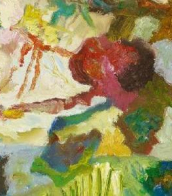
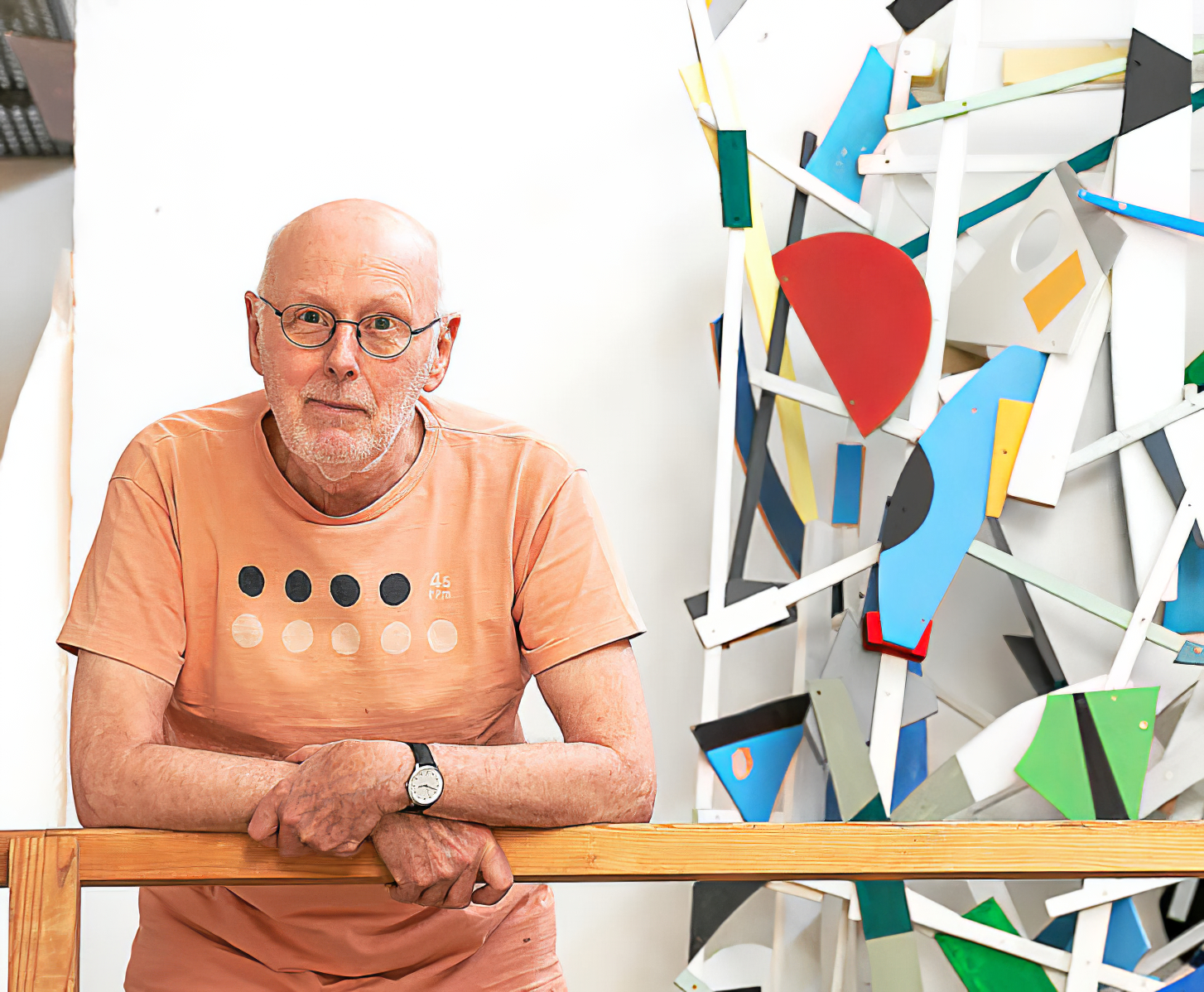
Jan Voss is a contemporary German painter, engraver, sculptor and graphic artist.
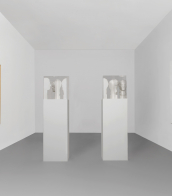
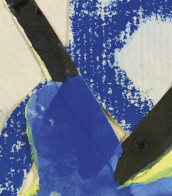


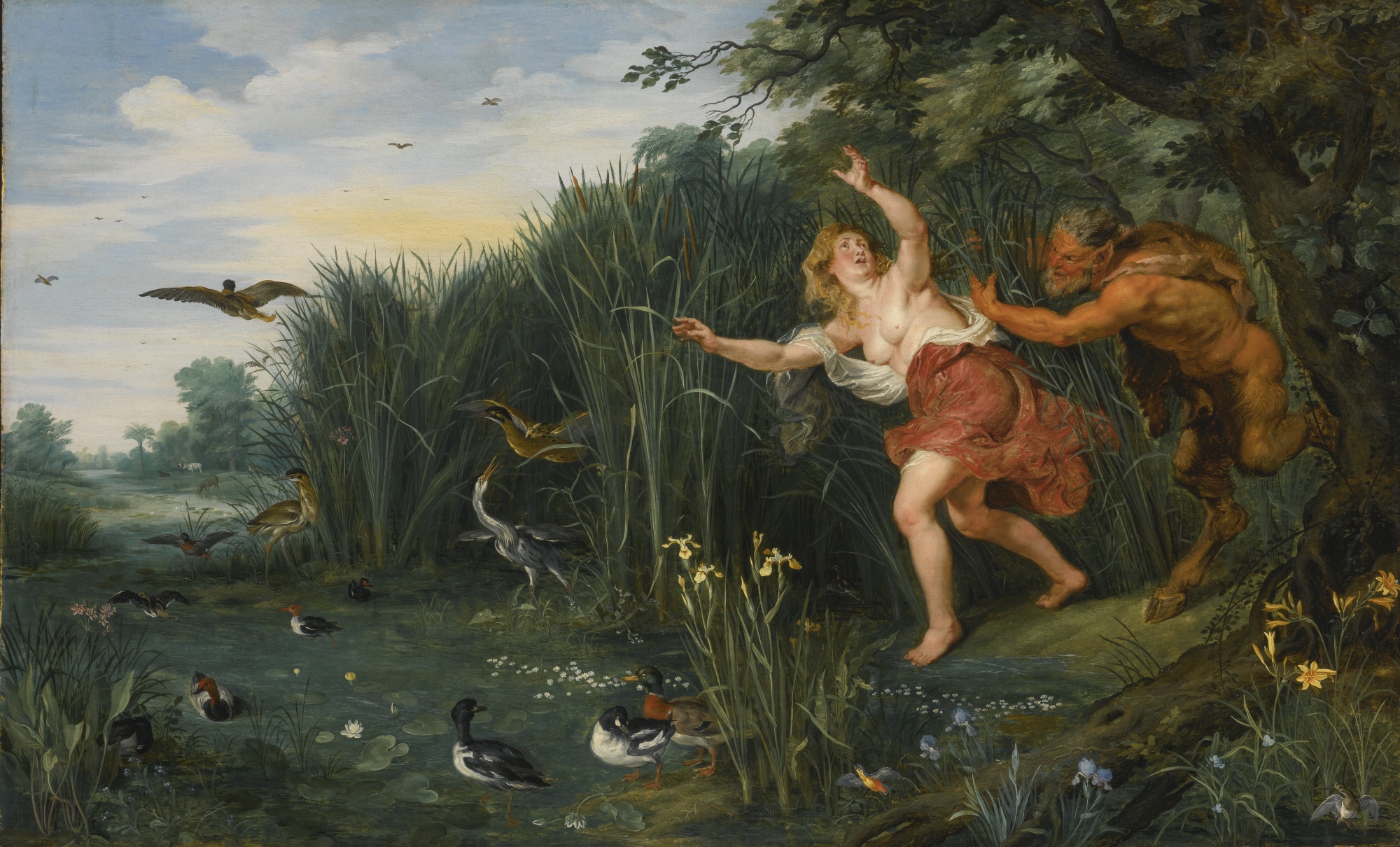
Jan Bruegel the Younger was a Flemish Baroque painter. He was the son of Jan Brueghel the Elder, and grandson of Pieter Bruegel the Elder, both prominent painters who contributed respectively to the development of Renaissance and Baroque painting in the Habsburg Netherlands. Taking over his father's workshop at an early age, he painted the same subjects as his father in a style which was similar to that of his father. He regularly collaborated with leading Flemish painters of his time.
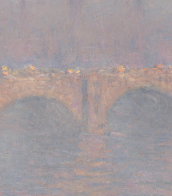
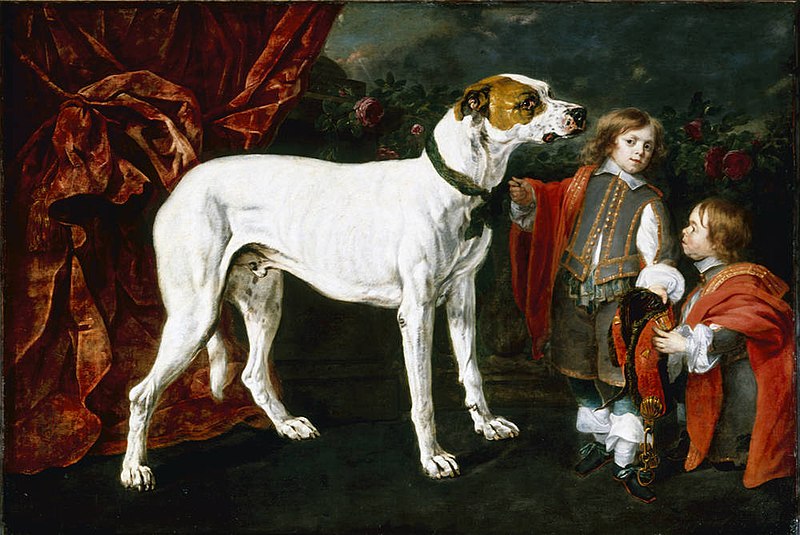
Jan Fyt (March 15, 1611 – September 11, 1661) was a prominent Flemish painter and engraver of the Baroque period, celebrated for his refined still lifes and animal depictions. Born in Antwerp to a wealthy merchant family, Fyt began his artistic training in 1621 under Hans van den Bergh. He later apprenticed with Frans Snyders, a leading master of still life and animal paintings, working in his workshop until 1631. In 1630, Fyt became a master of the Antwerp Guild of Saint Luke.
Between 1633 and 1640, Fyt traveled extensively across Europe, visiting cities such as Paris, Rome, and Venice. In Rome, he joined the Bentvueghels, a society of Northern European artists, where he was nicknamed "Goudvink" (Bullfinch). During his time in Venice, he received commissions from noble families like the Sagredo and Contarini.
Upon returning to Antwerp in 1641, Fyt established his own workshop, producing numerous works that catered to the tastes of aristocratic patrons. His paintings are distinguished by their vibrant palettes, dynamic compositions, and meticulous rendering of textures, particularly the fur and feathers of animals. Contemporaries highly valued his hunting still lifes, as well as his portrayals of flowers and fruits.
On March 22, 1654, Fyt married Françoise van de Sande, with whom he had four children. In 1650, he joined the Antwerp "Sodaliteit der Bejaerde Jongmans" (Sodality of Elder Bachelors), a fraternity that required members to have visited Rome. By 1652, he was elected dean of this guild.
Fyt's artistic legacy comprises approximately 280 paintings, many of which are signed and dated. His works are housed in major museums worldwide, including the Hermitage Museum in St. Petersburg, the Louvre in Paris, and the Kunsthistorisches Museum in Vienna. In addition to painting, Fyt was an accomplished engraver, creating etchings that featured animals and birds.
Jan Fyt passed away on September 11, 1661, in his native Antwerp, leaving an indelible mark on Flemish painting and influencing subsequent generations of artists.
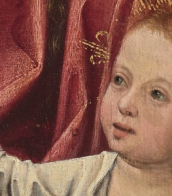
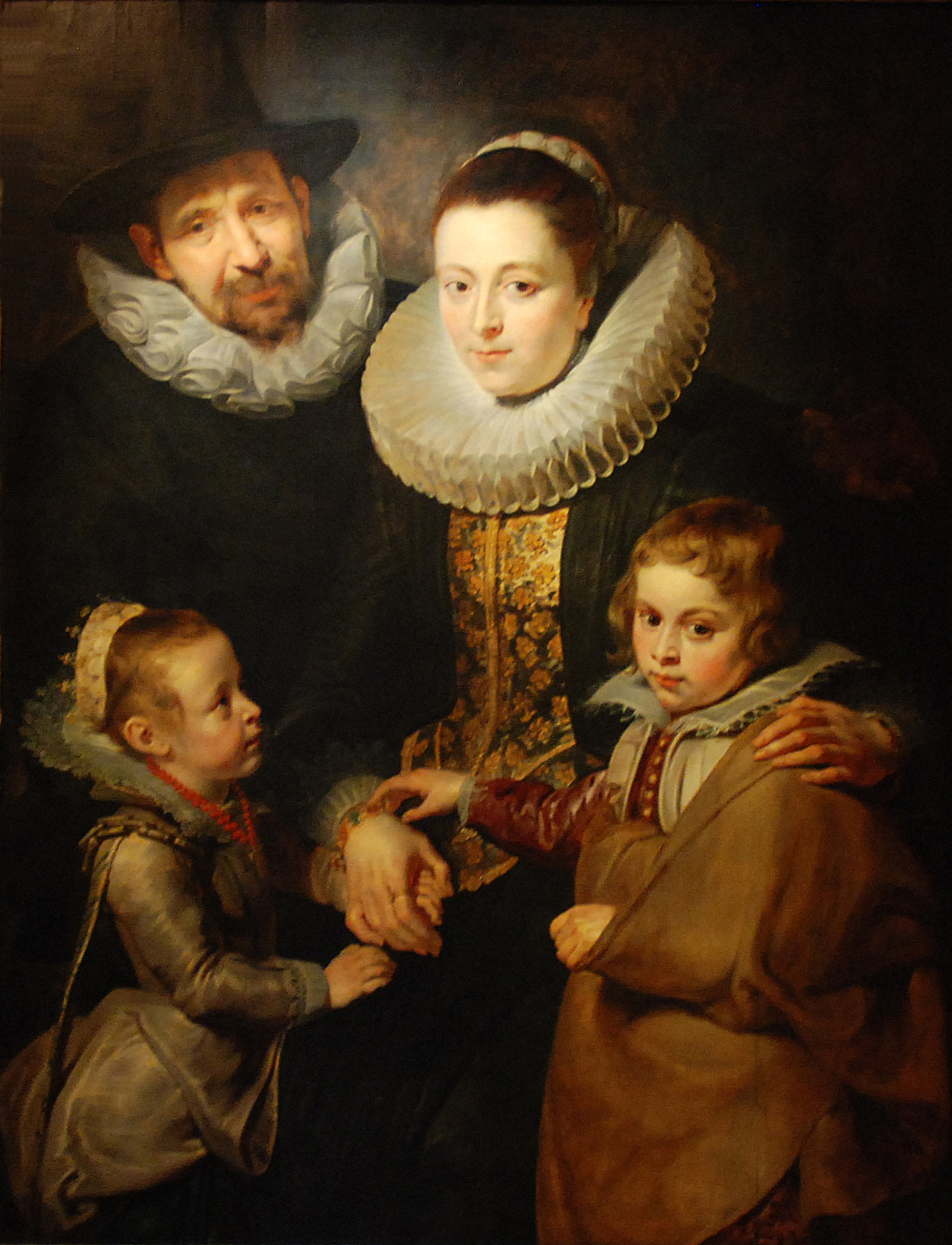
Jan Brueghel the Elder, a Flemish painter born in 1568 in Brussels, was a pivotal figure in the Baroque period known for his intricate landscapes, detailed still lifes, and genre scenes. The son of Pieter Bruegel the Elder, Jan was distinguished by his delicate brushwork, earning him the nicknames "Velvet" Brueghel, "Flower" Brueghel, and "Paradise" Brueghel, each reflecting a different aspect of his versatile artistic output. His monikers refer to his skill in rendering fabrics, his specialization in flower still lifes, and his creation of the paradise landscape genre, respectively.
After early training in Brussels, possibly under the guidance of his grandmother Mayken Verhulst, and further studies in Antwerp, Brueghel ventured to Italy, where he worked in Rome under the patronage of Cardinal Ascanio Colonna and met influential artists like Paul Bril. His Italian sojourn greatly influenced his style, especially in landscape painting. Upon returning to Antwerp, he established a flourishing workshop and became a master in the Guild of St. Luke. Brueghel's collaborations with Peter Paul Rubens are among the most celebrated in art history, showcasing a harmonious blend of landscape and figure painting.
Jan Brueghel the Elder's works are prized for their vibrant depiction of nature and meticulous attention to detail. His landscapes are not just backdrops but are lively settings filled with rich narratives and a variety of creatures, reflecting his deep appreciation for the natural world. His flower pieces are equally renowned for their variety and realism, often serving as allegorical or symbolic representations.
Brueghel's legacy extends beyond his paintings; he was a pivotal figure in the Antwerp artistic community, serving as dean of the Guild of St. Luke and court painter to the Archduke Albert of Austria and the Infanta Isabella Clara Eugenia of Spain. His influence continued through his children, with his son Jan Brueghel the Younger continuing his workshop and maintaining the family's artistic traditions.
For collectors and experts in art and antiques, Jan Brueghel the Elder's works represent a high point in Flemish Baroque art, offering a glimpse into the era's aesthetic values and the artist's profound observation of the world around him. His paintings, found in museums and galleries worldwide, continue to captivate audiences with their beauty and depth.
To stay informed about new discoveries, sales, and auction events related to Jan Brueghel the Elder's work, consider signing up for updates. This subscription will ensure that you are always in the know about opportunities to engage with the enduring art of this Flemish master.
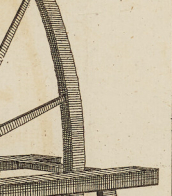
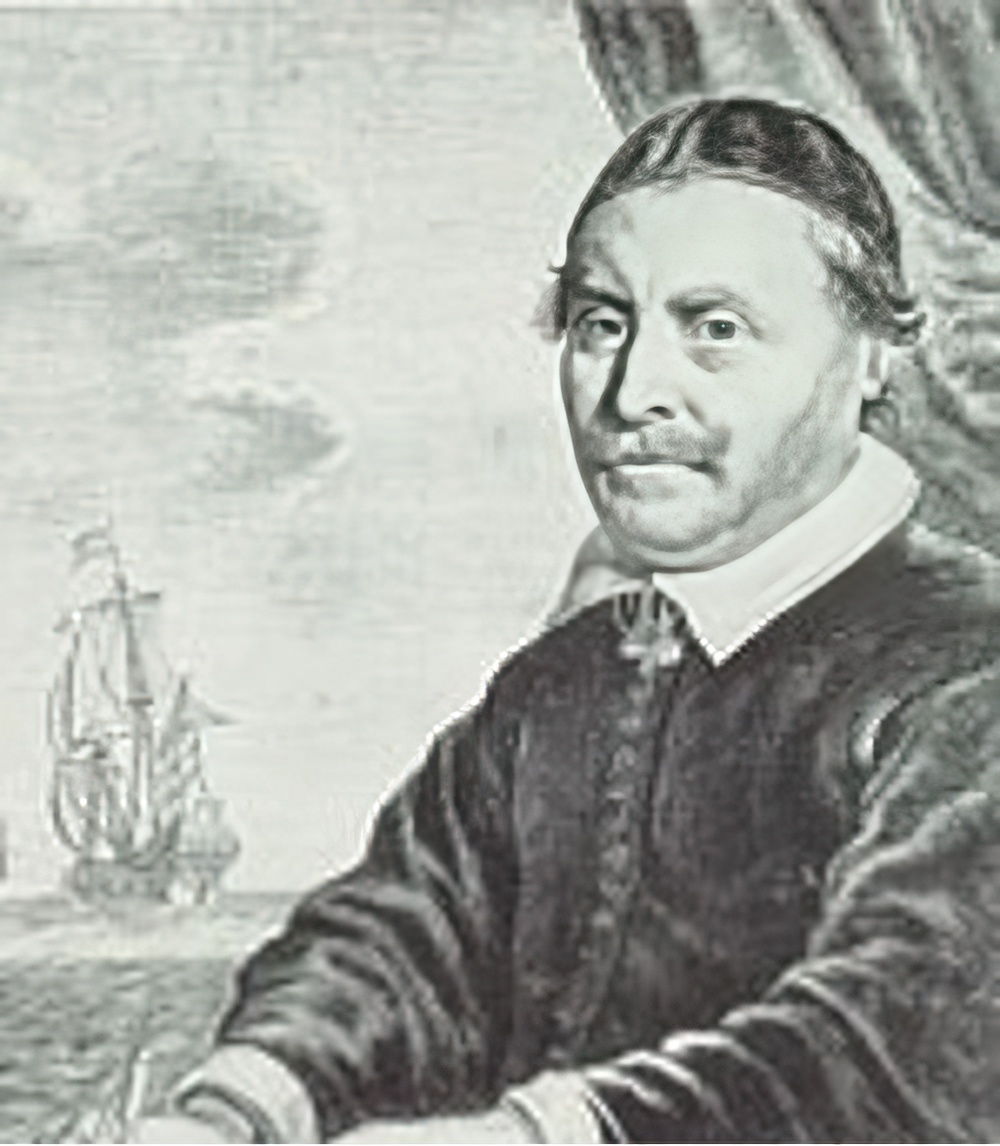
Johannes Janssonius was a Dutch cartographer, printer and publisher.
In 1616 Janssonius created his first maps of France and Italy, and every year he expanded and improved their publishing. The so-called "Great Atlas" already numbered eleven volumes. The editions were printed in Dutch, Latin, French and German.
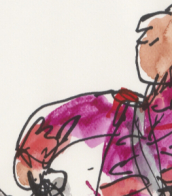
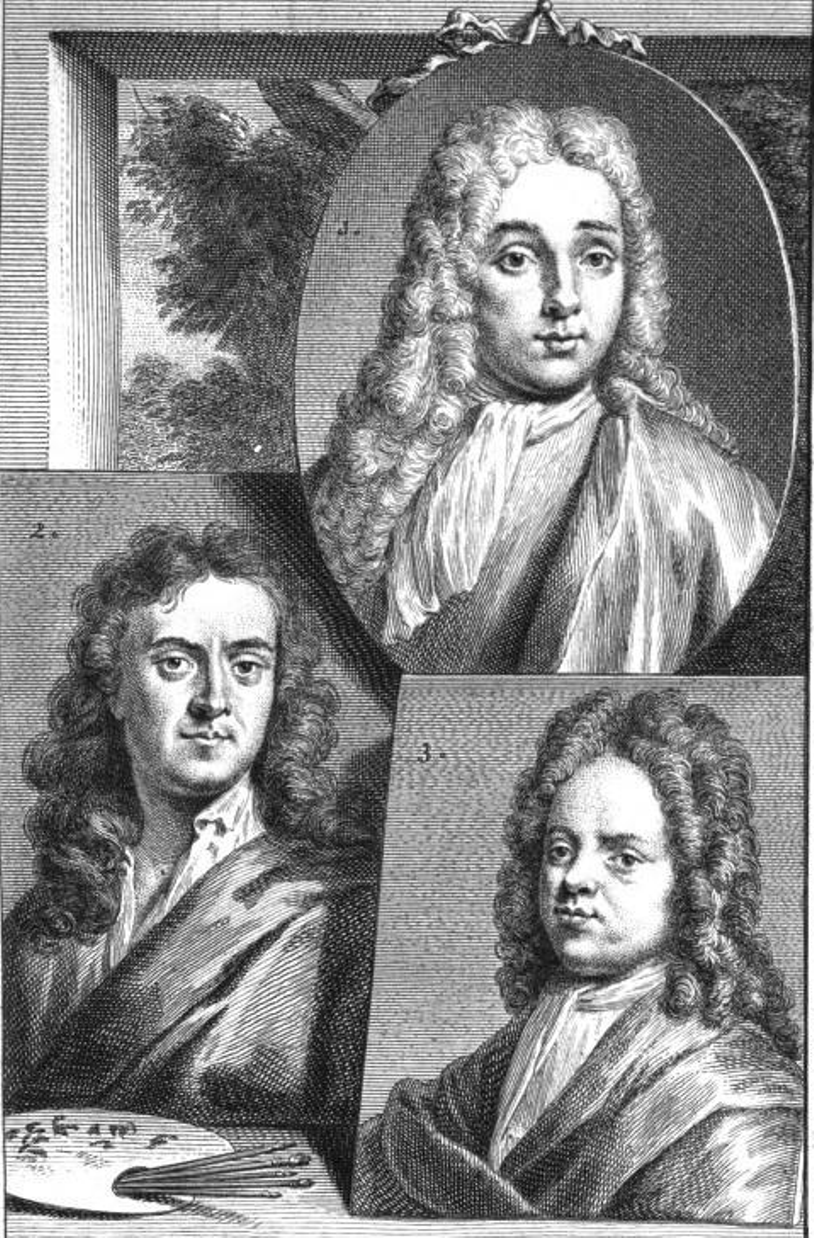
Jan Weenix was a Dutch painter of the Golden Age and a member of the Guild of St. Luke in Utrecht.
He received his first painting lessons from his father Jan Baptist Weenix and later perfected his art. Jan Weenix is known for still lifes with game, hunting scenes, he painted landscapes and portraits, genre paintings, and created decorative panels. Among the customers of his works was also Tsar Peter I.
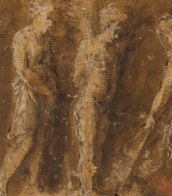
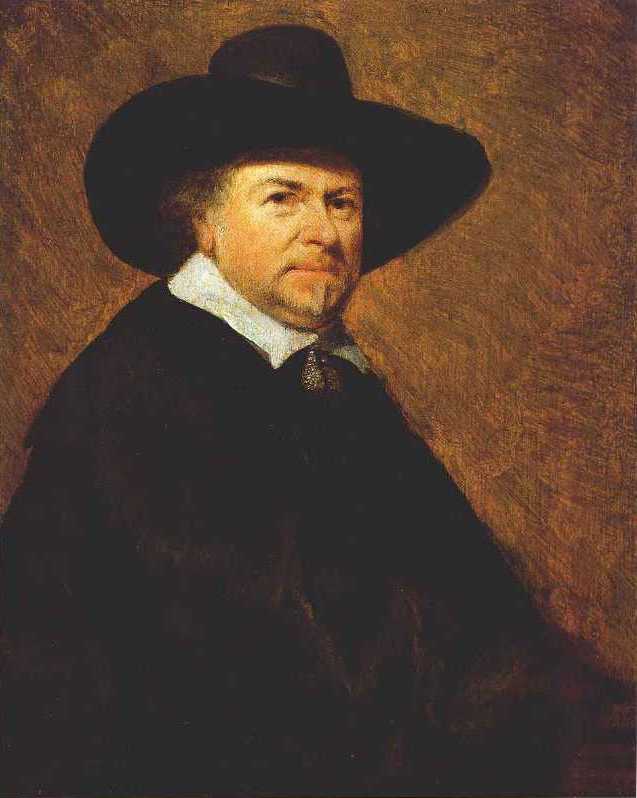
Jan Josephsz. van Goyen was a Dutch landscape painter and draftsman of the Golden Age, a member of the Guild of St. Luke of Leiden, and a representative of the so-called tonal landscape. Van Goyen specialized in landscape painting and left many paintings depicting forest paths, rivers, lakes, and canals. He also painted peasant huts and the outskirts of towns.
Jan van Goin was one of the most prolific painters of the 17th century: some 1,200 paintings he created and some 800 drawings have survived.
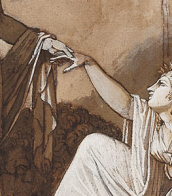
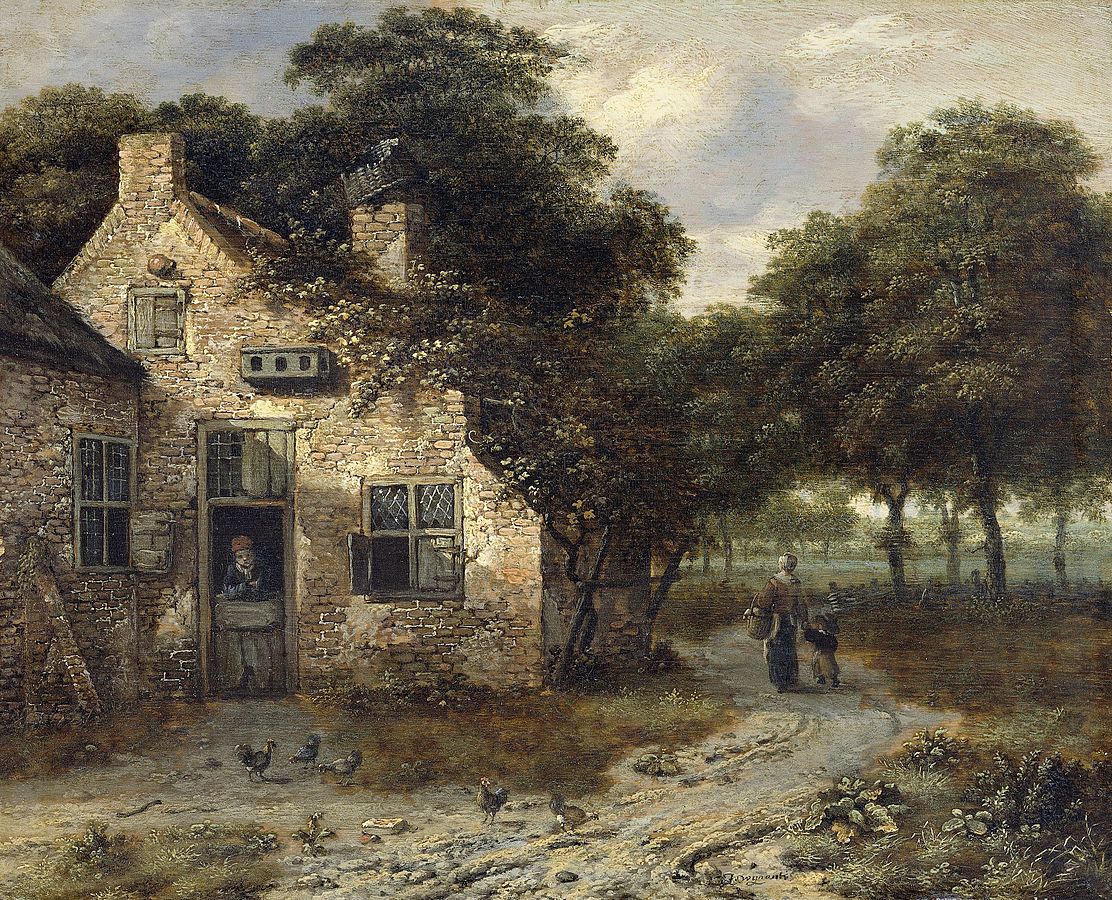
Jan Jansz Wijnants was a Dutch Golden Age painter.
Wijnants is primarily known for his Italianate landscapes and paintings featuring topography. The painters Nicolaes de Vree and Adriaen van de Velde trained in his studio and his style later had influence on the English artist, Thomas Gainsborough, the German artist Wilhelm von Kobell, and the Dutch artists Anthonie van Borssom and Willem Buytewech.
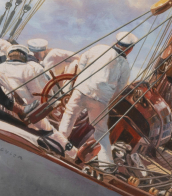
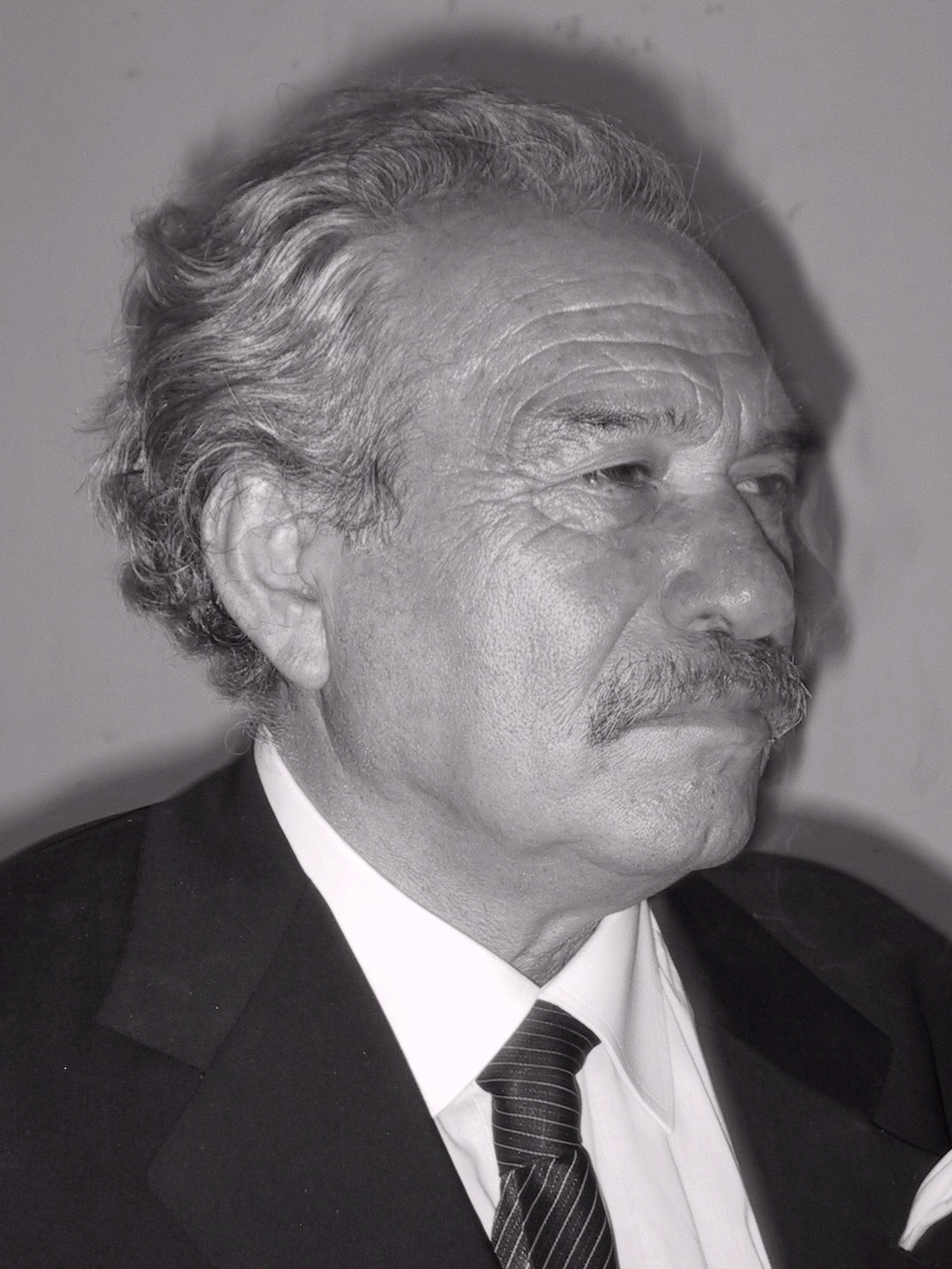
Jannis Kounellis (Greek: Γιάννης Κουνέλλης) was a Greek Italian artist based in Rome. A key figure associated with Arte Povera, he studied at the Accademia di Belle Arti in Rome.
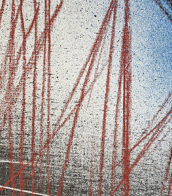
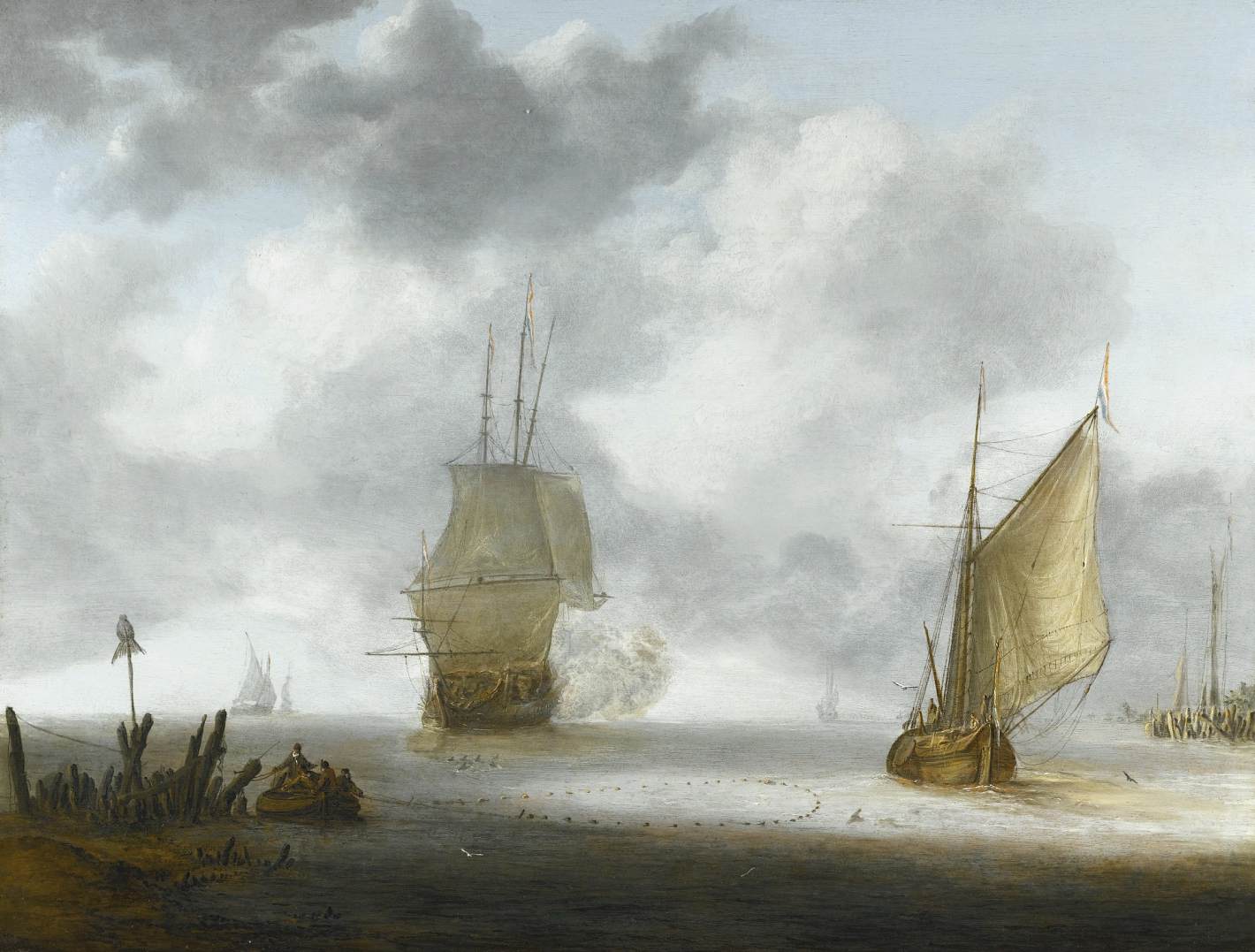
Jan Porcellis was a Dutch painter, draughtsman, and etcher. He is acclaimed for revolutionizing marine art in the Dutch Golden Age. Jan Porcellis' work marked a significant departure from the previous focus on the grandeur of ships in historical settings to portraying overcast skies and tumultuous waters.
Spending his career across various Dutch towns, Jan Porcellis had a notable influence in Haarlem between 1621 and 1624, where his style matured significantly. His works from this period, particularly the "Beach View of Haarlem," were celebrated for their intricate detail and were sought after in various European locales, including the Palazzo Venezia in Rome and the collection of the Emperor of Germany.
Jan Porcellis' style was characterized by less emphasis on dramatic shipwrecks and more on the gradual unfolding of maritime events. His paintings, such as "Storm at Sea," displayed a mastery in portraying the sea's moods, blending the horizon and distant ships into a hazy atmosphere. This approach was innovative at the time and prefigured the tonal phase in marine painting.
His work in etchings was also significant, with his series "Verscheyden Stranden en Water Gesichten" being particularly notable. Jan Porcellis' legacy lies in his unique approach to marine painting, emphasizing dramatic light effects and monochromatic seascapes, influencing contemporaries like Jan van Goyen and Pieter de Molijn.
Art collectors and enthusiasts will find Jan Porcellis' work a remarkable example of the evolution in Dutch marine art, blending technical skill with an innovative approach to maritime themes.
For those interested in the works and legacy of Jan Porcellis, sign up for updates on sales and auction events related to his works. Stay informed about opportunities to own a piece of this marine painting pioneer's legacy.

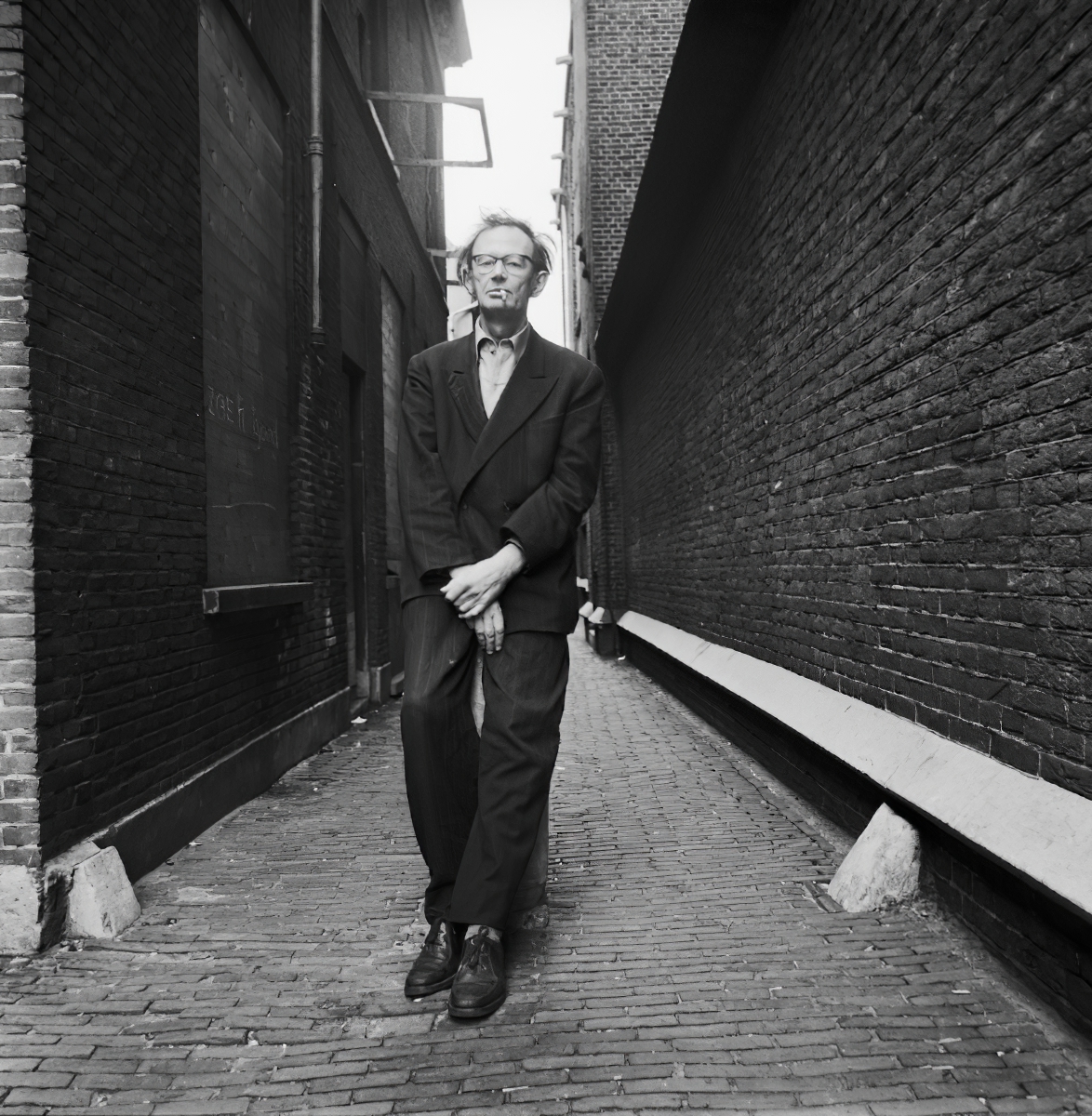
Jan Schoonhoven was a Dutch painter.
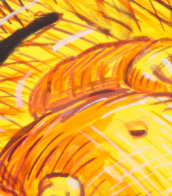

Jan Schoonhoven was a Dutch painter.


Jan Schoonhoven was a Dutch painter.
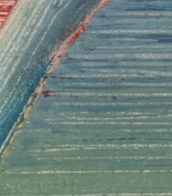

Jan Schoonhoven was a Dutch painter.
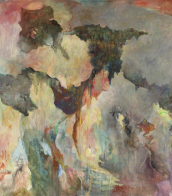

Jan Schoonhoven was a Dutch painter.


Jan Schoonhoven was a Dutch painter.

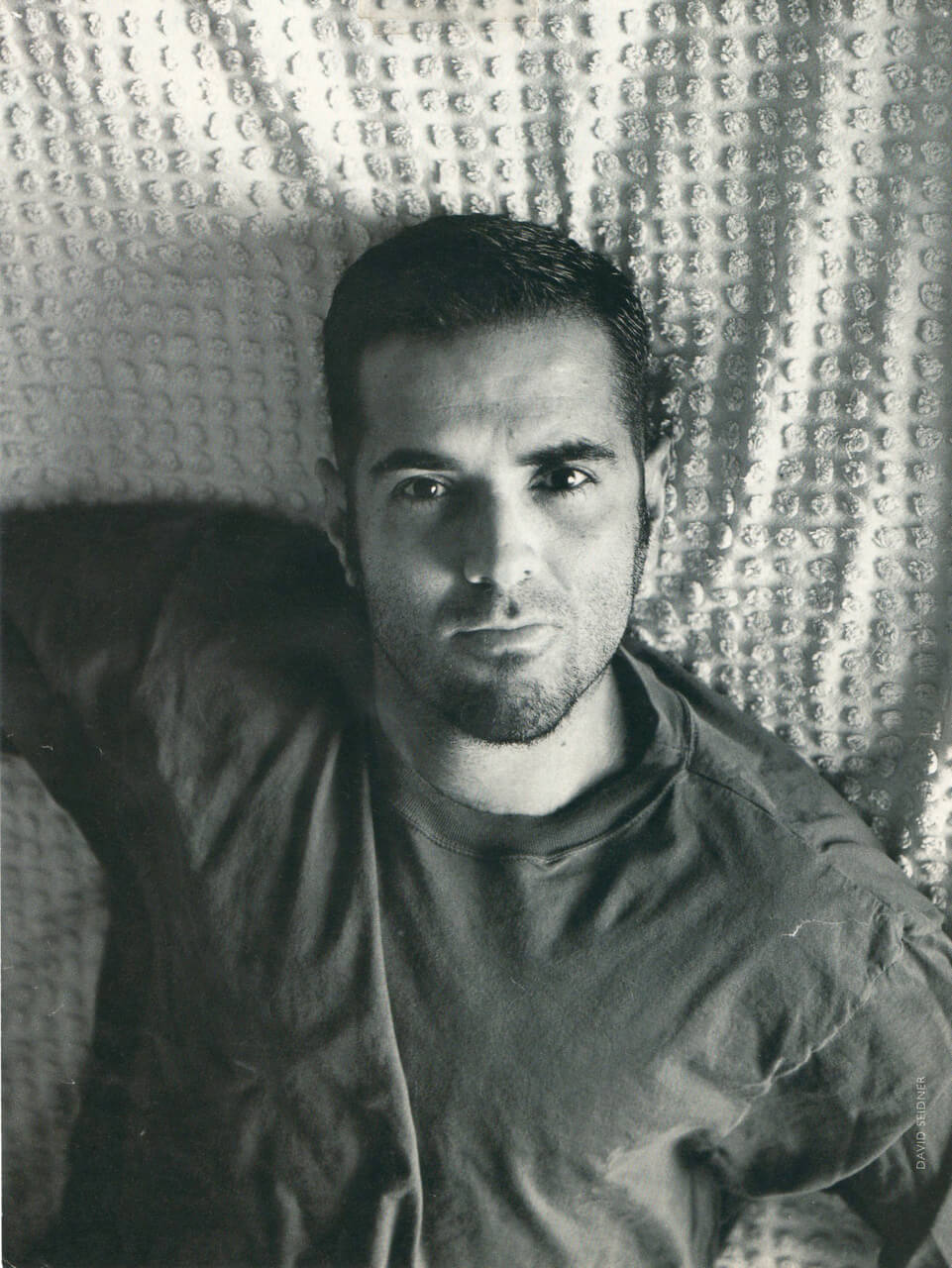
Félix González-Torres was a Cuban-born American visual artist. He lived and worked primarily in New York City between 1979 and 1995 after attending university in Puerto Rico. González-Torres was known for his minimalist installations and sculptures composed of everyday materials such as strings of lightbulbs, clocks, stacks of paper, or packaged hard candies. In 1987, he joined Group Material, a New York-based group of artists whose intention was to work collaboratively, adhering to principles of cultural activism and community education, much of which was influenced by the artist's experience as an openly gay man. González-Torres is known for having made significant contributions to the field of conceptual art in the 1980s and 1990s. His practice continues to influence and be influenced by present-day cultural discourses.
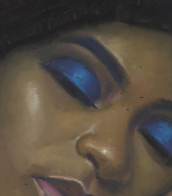
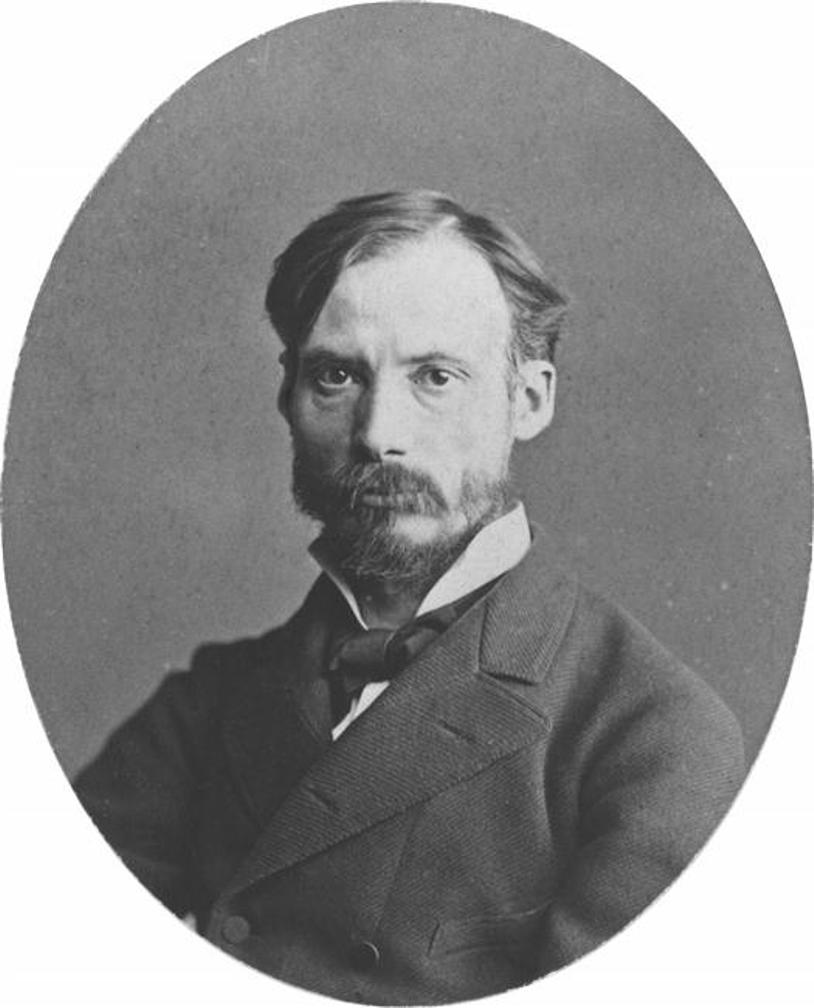
Pierre-Auguste Renoir was a French artist, celebrated as a pivotal figure in the development of the Impressionist movement. Born in Limoges, France, in 1841, Renoir's early experiences in Paris and his apprenticeship as a porcelain painter laid the foundation for his illustrious career in art. His transition to painting was marked by an early fascination with the play of light and color, which became a hallmark of his work. Renoir's paintings are renowned for their vibrant light and saturated color, often focusing on people in intimate and candid compositions. This focus on beauty and a particular affinity for capturing the sensuality of the female form distinguished his work from his contemporaries.
Renoir's contributions to Impressionism were significant, characterized by his use of bright colors and a technique that captured the movement and luminosity of the scene. His evolution as an artist saw him experimenting with a more linear and classical style, especially after his travels to Italy, where he was deeply influenced by the Renaissance masters. Despite facing personal challenges, including severe rheumatoid arthritis in his later years, Renoir's passion for painting never waned. His determination saw him adapting his painting technique to his physical limitations, ensuring that his creative output remained prolific until his death in 1919.
Among Renoir's notable works are "Bal du moulin de la Galette" (1876), "Luncheon of the Boating Party" (1880), and "Girls at the Piano" (1892). These masterpieces exemplify the essence of Impressionist art with their depiction of light, movement, and everyday life. Renoir's works are housed in prestigious museums around the world, serving as a testament to his enduring legacy in the realm of art.
For art collectors and experts, Renoir's oeuvre represents an essential segment of the Impressionist movement, offering insights into the evolution of modern art. His mastery in portraying the beauty of the moment and the depth of human emotion continues to captivate and inspire audiences worldwide.
If you are passionate about collecting or studying the works of Pierre-Auguste Renoir, we invite you to sign up for updates on new product sales and auction events related to this iconic artist. Stay informed about the opportunity to own a piece of art history and deepen your appreciation for the rich tapestry of culture and art that Renoir helped weave.
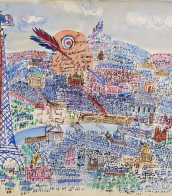
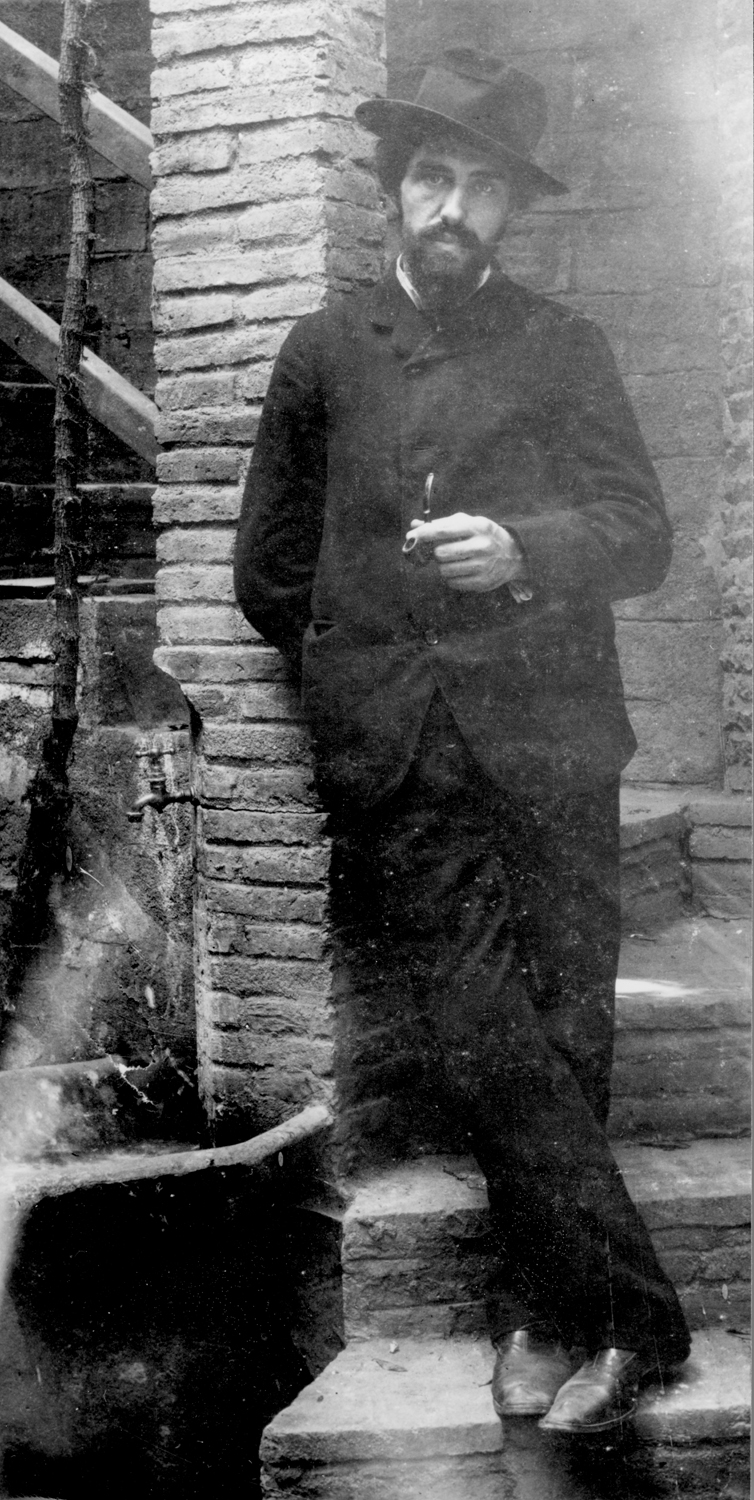
Joaquín Torres-García was a Uruguayan-Spanish artist.
His art is associated with archaic universal culture, including Mediterranean cultural traditions, Noucentisme, and modern classicism. Torres-García developed a unique style (first known as "Art Constructif") during the 1930s, while he lived in Paris. Arte Constructivo (Constructive Art), a school he opened in Madrid, became Universalismo Constructivo (Universal Constructivism, a treatise he published in South America while teaching in his workshops Asociación de Arte Constructivo and El Taller Torres-García). Torres-García's art combines classical and archaic traditions with 20th-century "-isms": Cubism, Dada, neo-plasticism, primitivism, surrealism, and abstraction.


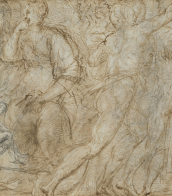
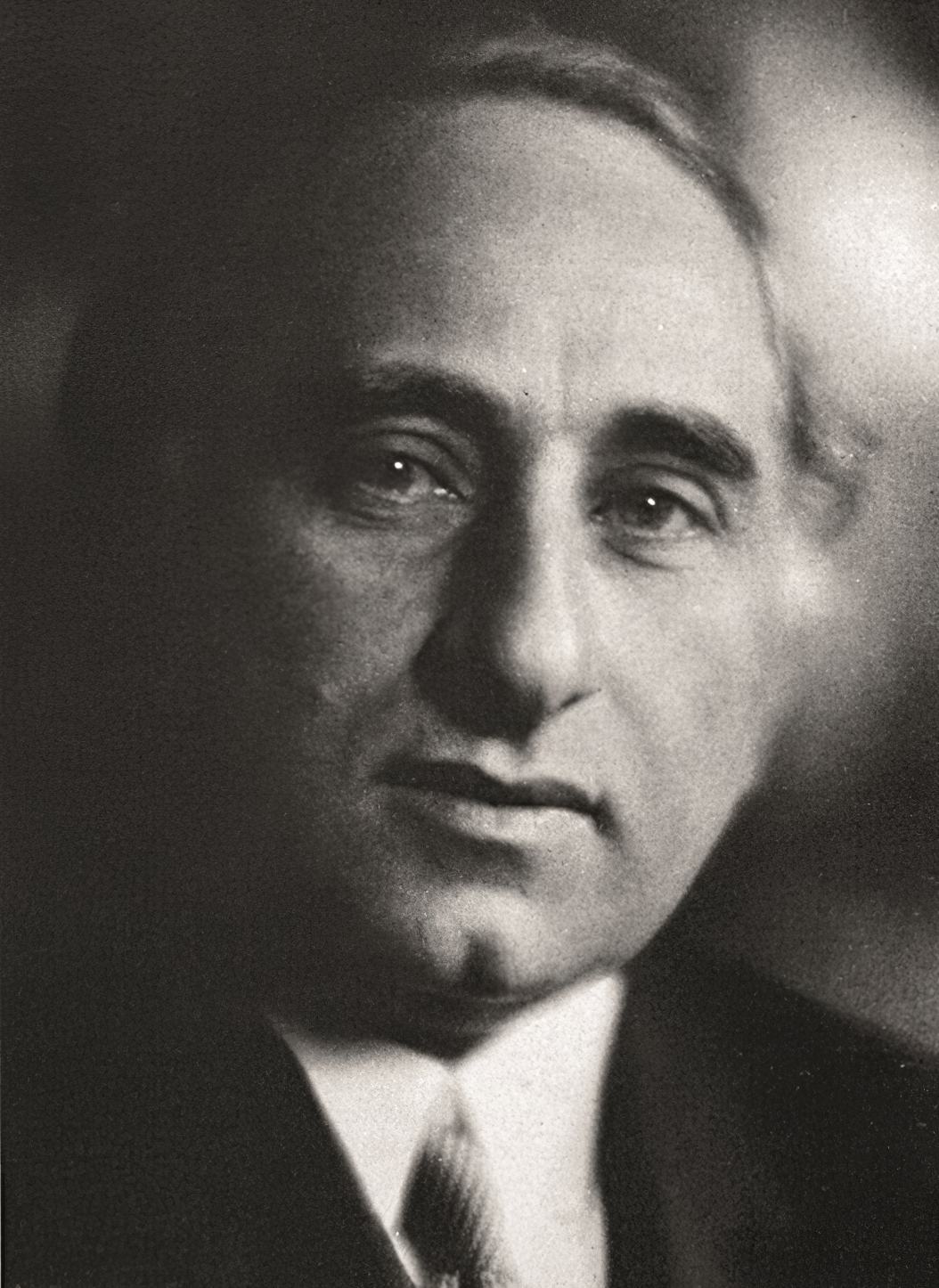
Pierre Chareau was a French architect and designer.
Chareau designed the first house in France made of steel and glass, the Maison de Verre.
Chareau was a member of Congrès International d'Architecture Moderne.
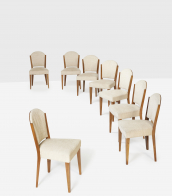
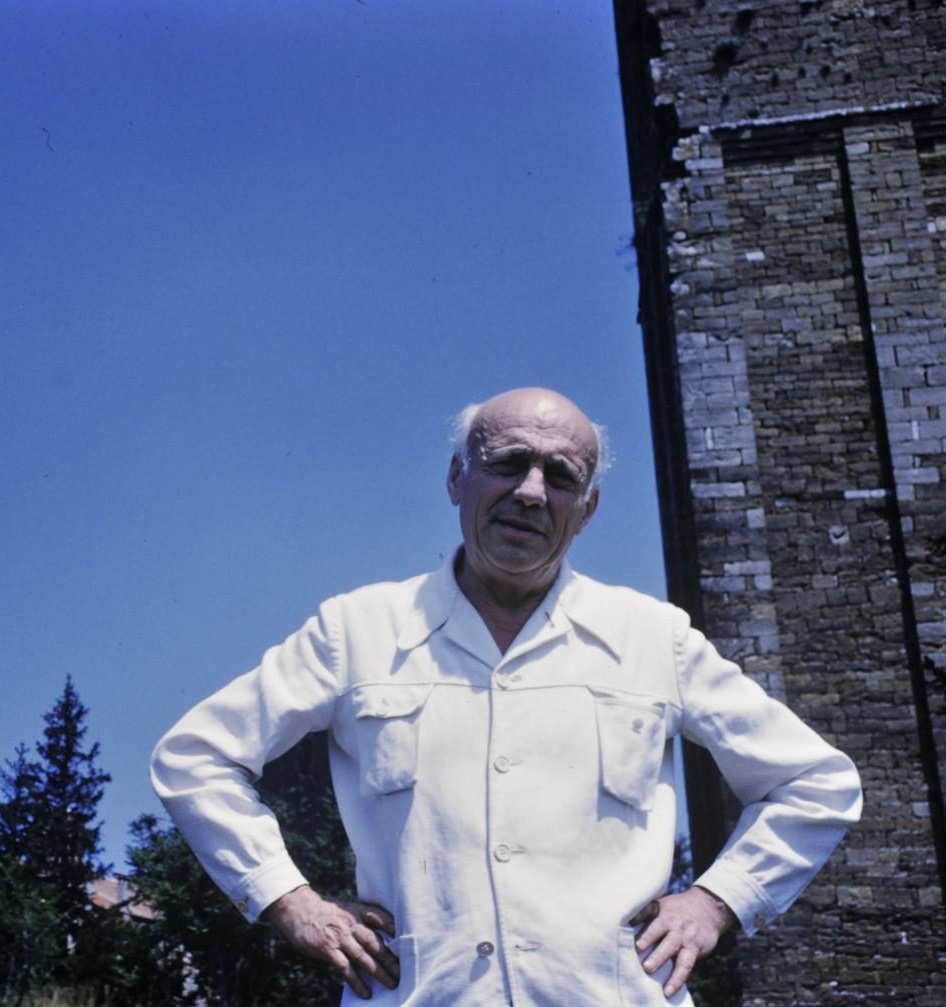
Jean Lurçat was a French artist noted for his role in the revival of contemporary tapestry.

Pierre Chareau was a French architect and designer.
Chareau designed the first house in France made of steel and glass, the Maison de Verre.
Chareau was a member of Congrès International d'Architecture Moderne.


Pierre Chareau was a French architect and designer.
Chareau designed the first house in France made of steel and glass, the Maison de Verre.
Chareau was a member of Congrès International d'Architecture Moderne.


Joaquín Torres-García was a Uruguayan-Spanish artist.
His art is associated with archaic universal culture, including Mediterranean cultural traditions, Noucentisme, and modern classicism. Torres-García developed a unique style (first known as "Art Constructif") during the 1930s, while he lived in Paris. Arte Constructivo (Constructive Art), a school he opened in Madrid, became Universalismo Constructivo (Universal Constructivism, a treatise he published in South America while teaching in his workshops Asociación de Arte Constructivo and El Taller Torres-García). Torres-García's art combines classical and archaic traditions with 20th-century "-isms": Cubism, Dada, neo-plasticism, primitivism, surrealism, and abstraction.
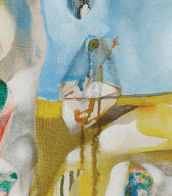
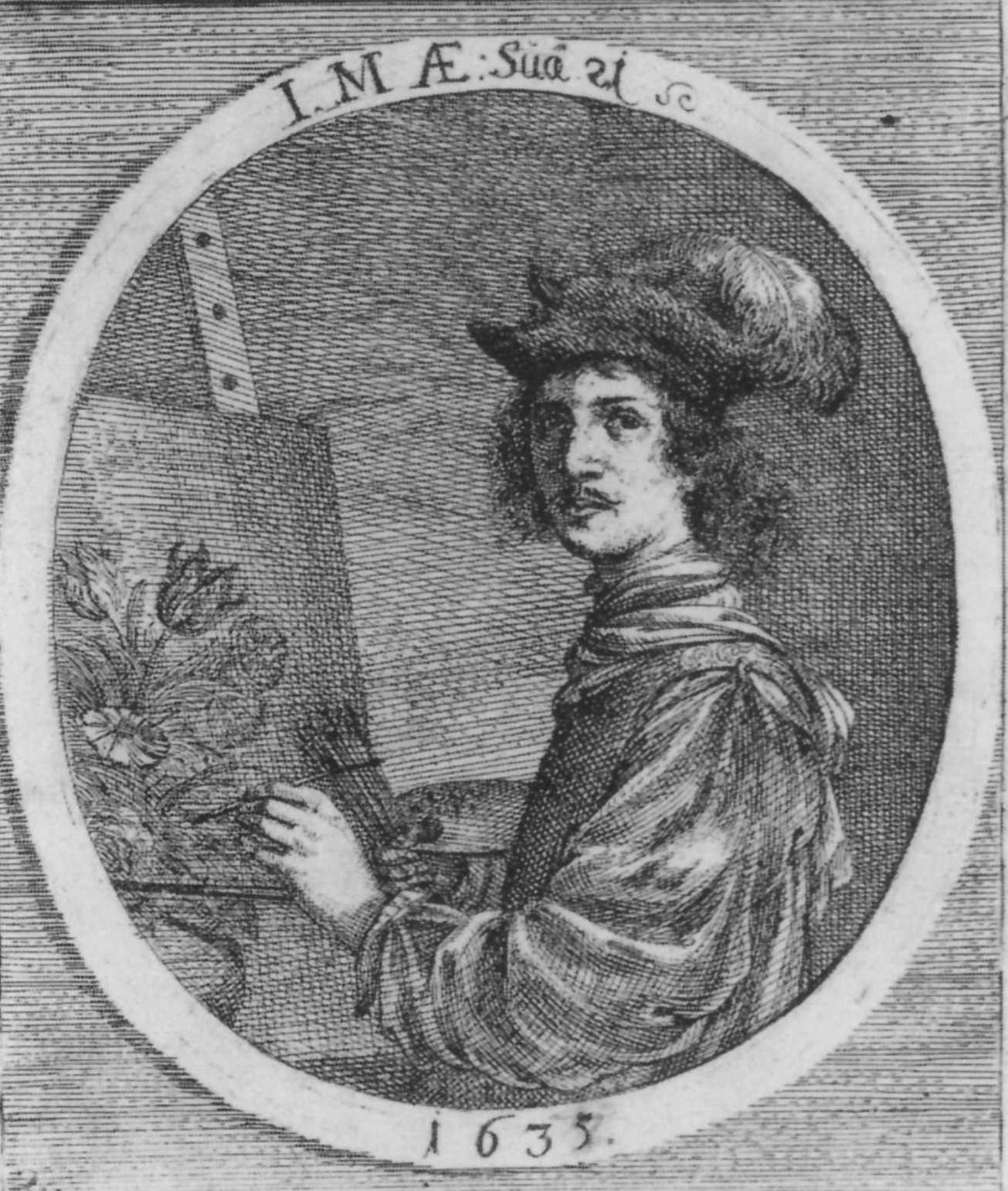
Jakob Marrel was a German still life painter active in Utrecht during the Dutch Golden Age.
